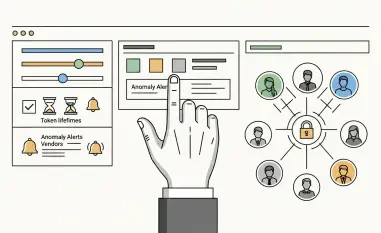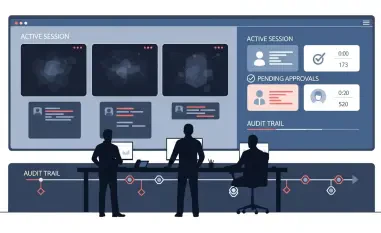Ransomware
The cryptocurrency industry is facing an unprecedented crisis as North Korean hackers, led by the notorious Lazarus Group, have stolen over $2 billion in digital assets in just one year, rocking the financial foundations of the crypto world. This staggering figure, achieved through a series of

In an era where digital transformation shapes every facet of business, the protection of end-user devices has emerged as a cornerstone of organizational resilience, especially when considering the devastating impact of cyber threats. Imagine a multinational corporation facing a ransomware attack

In an era where mobile devices are integral to daily life, the emergence of sophisticated malware targeting these platforms has become a pressing concern for cybersecurity experts worldwide, highlighting the urgent need for stronger defenses. A recently uncovered Android Remote Access Trojan,

The federal government shutdown that commenced on October 1, 2025, has unleashed a wave of disruption across critical sectors, with the nation’s cybersecurity defenses taking an especially severe hit, particularly at the Cybersecurity and Infrastructure Security Agency (CISA). As the primary c

In an era where digital connectivity underpins nearly every aspect of daily life, the stability of major online services has become a critical concern, especially when massive disruptions strike without warning, affecting millions globally. Recently, a significant outage swept across platforms like

In the ever-evolving world of cybersecurity, few names stand out as prominently as Malik Haidar. With years of experience safeguarding multinational corporations from digital threats, Malik has become a leading voice in analytics, intelligence, and security. His unique ability to blend business














